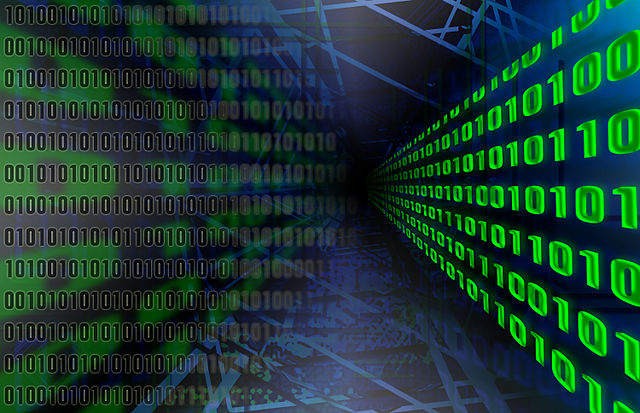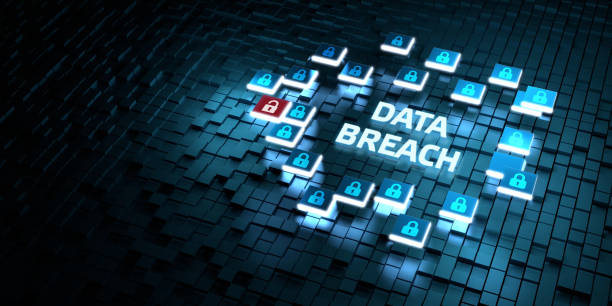

Some risks of collecting data and storing it are not only privacy issues but also cost issues. Companies must comply with various privacy laws and regulations globally when storing data. This can be expensive especially when using high-tech security measures to protect personal data. Companies also can face penalties for not providing secure measures and data breaches can cost a company's reputation. These are just some of the risks that come with storing and collecting data. Another risk is the amount and variety of data that needs to be stored. Personal data can be defined as any information that can be related to an individual. That includes a lot of stuff that can be extremely hard to protect. This increases the risk of pirates breaking into the personal data and costing the company money, time, effort, and pride. This is hard to avoid. Hackers can hack through firewalls and access anything they would like. To stop this, companies have taken the initiative to set up boundaries and obstacles to stump pirates. Data breaches can cost organizations millions of dollars and lead to customer trust issues. To combat this, companies use encryption, access controls, data loss prevention, and regular backups to be sure nothing gets stolen. Encryption changes the code from a readable and understandable language to one that uses symbols and different unreadable language. This makes it impossible for hackers to undo the code, especially with extreme encryptions. These can take years for a computer to decipher.


The main reason data misuse occurs is that employees can lack good data handling practices. For example, when employees copy confidential work files to their personal devices, they draw the information outside secure environments. The data can be stolen or leaked accidentally. Another reason this happens is because of faulty algorithms that can expel closed data, or bring in waste data files. All of this is very possible. The reasons for data misuse vary, but oftentimes are a product of the employees themselves, rather than hackers. The laws against data misuse vary depending on where the company's region is. Preventing data theft is rather hard. However, there are ways to prevent it. By understanding the causes of data misuse, we can then find a solution. The solution is by implementing several steps and options to ensure that the chances of mistakes are minimized, and restrictions are unbreakable. Without any actions taken place, the rate of data misuse will exponentially grow. Data misuse laws must be cemented. Ways we can prevent data misuse include implementing identity and access management and setting up behavior alerts and analytics. Verifying the identity of each user who attempts to access a company’s system is essential to protect the data. This extra step will not only add another layer of security but also make the suspect a fear factor. Another method is to set up alert functions that will notify someone who is trying to hack in. This will be able to locate the individual and stop them in their tracks to prevent data misuse.


Hackers and malicious actors can exploit software flaws and vulnerabilities to gain unauthorized access to networks, software, and even operating systems. For example, a man hacked into unauthorized territory and leaked GTA 6 clips and images before it was released. He did this by using an Amazon Firestick, a hospital TV, and a mobile phone. This is an extreme example of a hacker going haywire. Hackers also use phishing, fake wireless access points, and clickjacking. Phishing is an attack on your data and money. They get you to use your password and then use it to gain other personal information. Clickjacking tricks the user into clicking an element that is deceiving which takes all your information. Hackers are very malicious and convincing with these methods. Again, the ways to prevent this vary throughout different methods. This includes the methods I included before such as identification and access management. Another example is to monitor the actions that all the employees take. Not to the level of their personal information, but of their work information to secure the safety and security of the company. These are just some ways of prevention.


The benefits of computing innovations are monumental. There is increased production and easy accessibility. However, there are also risks and downsides of computing innovations. For example, people have become lazier when computing innovation has progressed. Also socially, divisions occur more often. With computers, work doesn’t just have to be done at work, it can also be done at home. This being said, the production rates increase which theoretically is a good thing, but the stress and working hours also increase which leaves people dissatisfied. The job opportunities increase along with different learning methods and make communication exponentially easier. The world would be so different without technology the way it is today. As stated before, the downsides are evident. Work ethic can decrease because of easier accessibility and communication. Not to mention that technology is a huge distraction during school, work, and any extracurricular activities. And finally, privacy is also able to be hacked into by hackers in a way that would not have been possible without technology. This is all to say that Computing Innovation has advanced our world into a better place but has come with a price.

 What is Data Security | Threats, Risks & Solutions | Imperva
What is Data Misuse?
What techniques do Hackers Use to Steal Information
Advantages and Disadvantages of Computing Innovation
What is Data Security | Threats, Risks & Solutions | Imperva
What is Data Misuse?
What techniques do Hackers Use to Steal Information
Advantages and Disadvantages of Computing Innovation